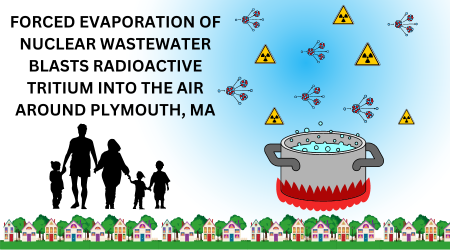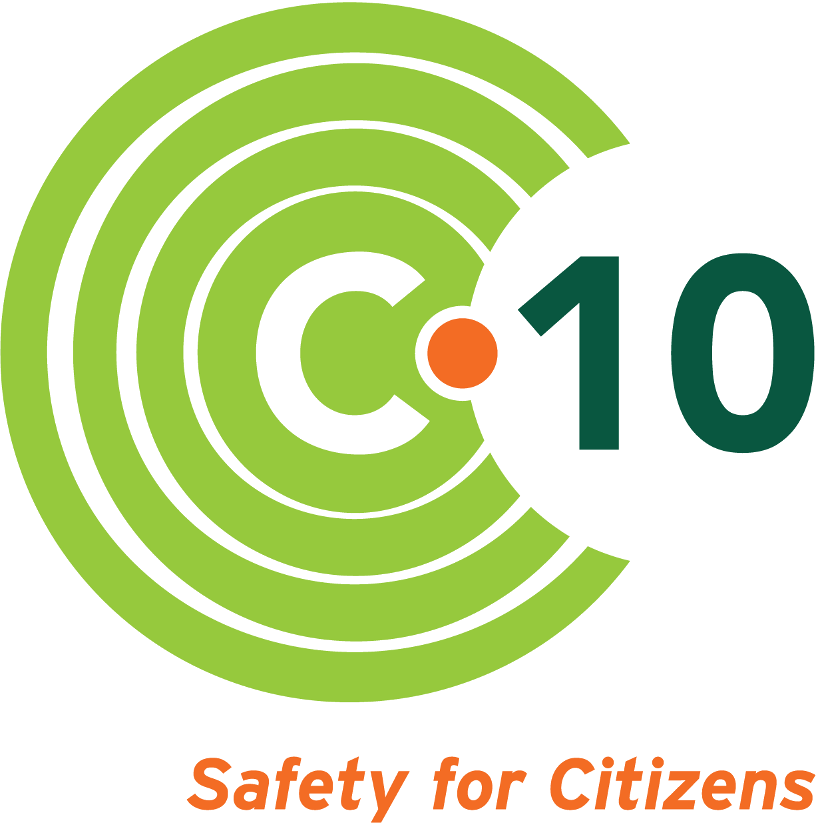Blog Post
TWO N.H. BILLS ON SEABROOK SAFETY VOTED DOWN ON PARTY LINE
- By C-10 Administrator
- •
- 28 Feb, 2018
Bill to Require Lawmakers to Study ASR
New Hampshire State Representative Renny Cushing (D-Hampton) has long been concerned about the safety of Seabrook Station nuclear power plant, which is located just two miles from Hampton’s downtown. Given the concrete degradation problem of Alkali-Silica Reaction (ASR) plaguing many key containment structures at the plant, Cushing filed a bill for legislators to learn about ASR and what it means for their constituents.

On January 30, HB 1659
, “Establishing a committee to study possible health and safety impacts of the alkali-silica reaction on the seacoast” was heard before the New Hampshire House Committee on Health, Human Service and Elderly Affairs.
C-10 board member and Dublin, N.H. resident Sarah Doenmez participated in the hearing and offered testimony on the concrete degradation and inform committee members of the inconclusive state of current research on this topic.

Doenmez explained that no other commercial nuclear reactor in the country is known to suffer from ASR, and thus Seabrook is in a unique situation. Alkali-Silica Reaction is a progressive and irreversible chemical reaction in concrete when in the presence of moisture. While initially a slow process, the further it spreads, the faster it spreads. Other main points included that ASR damage in the form of micro-cracking exists in 80 – 85% of Seabrook’s structures.
ASR has caused “building deformation events” since 2014, notably in the outer containment structure. These deformations can cause misalignments in pipes, fire protection, and other instrumentation. ASR is known to be present in the spent fuel pool as well. ASR can affect rebar anchoring and reinforcement, especially by altering the load of the concrete. The full extent of cracking at Seabrook is not known, especially interior to the concrete. C-10’s factsheet on ASR
was distributed to all Committee members.
Two representatives from NextEra were given the floor before Doenmez and argued that a study committee would be redundant. Chairman Frank Kotowski (R-Hooksett), noted that he had run the Science and Nature Center at Seabrook for a decade and assured everyone that the problem was manageable. He suggested that communication with the public take place via the Emergency Planning Calendar published by NextEra.
Committee members asked many salient questions, such as whether ASR also affects the beams, whether there is a solution to ASR and what the thresholds are at which the plant cannot operate.
Representative Mindi Messmer (D-Rye) pressed a NextEra spokesperson to identify the number of buildings at stages 1, 2, 3 of degradation, who responded that 8-12 buildings are in stage 3, and 50 each are in stages 1 and 2.
Ultimately the committee reported the bill as “Inexpedient to Legislate” and it lost in a roll call vote, 195-143 on February 22. But C-10 is encouraged that this serious matter came under discussion, is glad to have helped educate legislators on this important matter.
Bill to Conduct Real-Time Radiological Monitoring in N.H. Communities

As we wrote last month
, “An Act Requiring Monitoring of Certain Radioactive Air Pollutants,” sponsored by Rep. Mindi Messmer (D-Rye) received a hearing before the New Hampshire House Committee on Science, Technology and Energy on January 23. Rep. Cushing and a handful of colleagues, including committee member Rep. Robert Backus (D-Manchester) also spoke in favor of the bill.
House Bill 1779-FN
brought a packed hearing room, with legislators, interested citizens, state agency heads and of course NextEra Energy Seabrook representatives debating the merits of real-time monitoring of airborne radiation in the communities surrounding Seabrook.
While the C-10 Research & Education Foundation has operated a monitoring network since 1993 under contract with the Commonwealth of Massachusetts, New Hampshire — with seventeen of its communities within Seabrook’s 10-mile radius — has opted to rely on more passive data collection and trust in the data from NextEra’s onsite radiation monitors.
Committee members were very interested to learn about C-10’s monitoring, with some asking why the bill specified a new network to be run by the state’s Department of Health and Human Services, instead of piggybacking on the system in place with C-10.
Natalie Hildt Treat, C-10’s executive director, explained that she has met with Perry Plummer, Director of Homeland Security and Emergency Management and Michael Dumond, Director of the Public Health Division at the Department of Health and Human Services, and offered to coordinate with the state as needed.
Treat was joined at the hearing by C-10 board member and Newbury, Mass. resident Chris Nord to explain why we monitor, and how this information can help health and safety officials understand radiological releases. Nord noted that collecting wind speed and direction can be especially helpful in the event of an emergency, to ensure that the public is not evacuated to areas downwind of a radiological plume.
HB 1779 was also “ITL’d,” as an unfavorable report is known. With the committee voting it “inexpedient to legislate,” a floor vote
by the full House did not look promising. On March 6, the House supported the majority ITL by 166 – 158; just an eight vote margin.
C-10 is proud to have served as an educational resource to legislators and the public, and will continue to collaborate with state and local officials concerned about the safety of people who live and work near Seabrook Station. We’re encouraged that lawmakers have already expressed interest in introducing similar legislation next session.
C-10 Research & Education Foundation, Inc.
11 Chestnut Street
Amesbury, MA 01913
Phone: (978) 465-6646
Email: info@c-10.org



